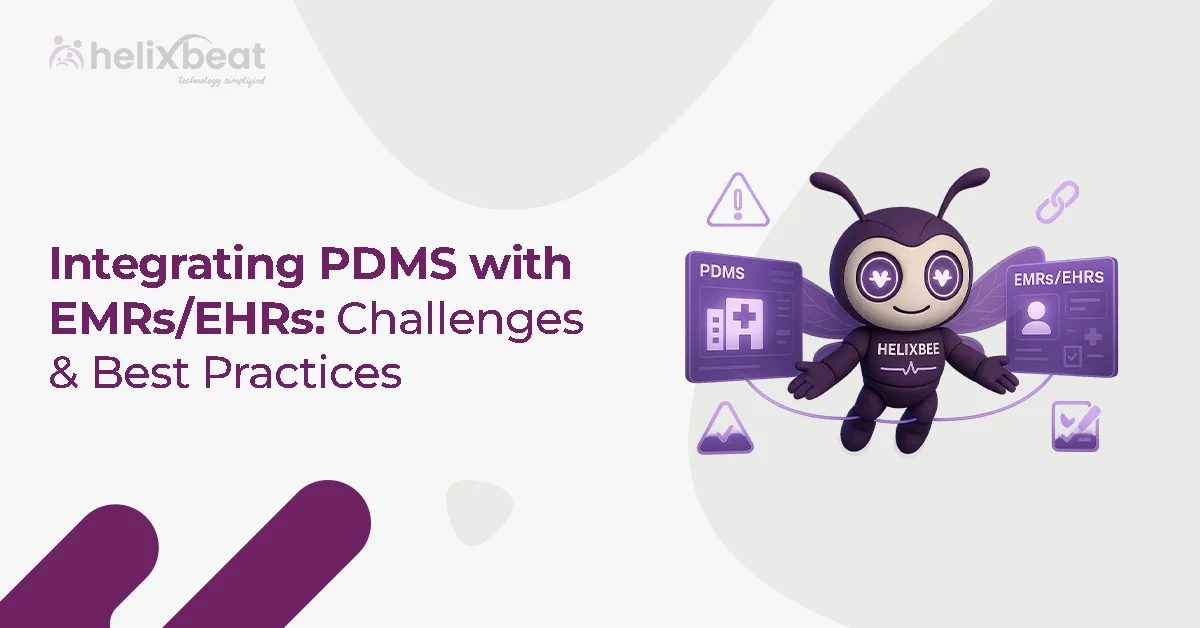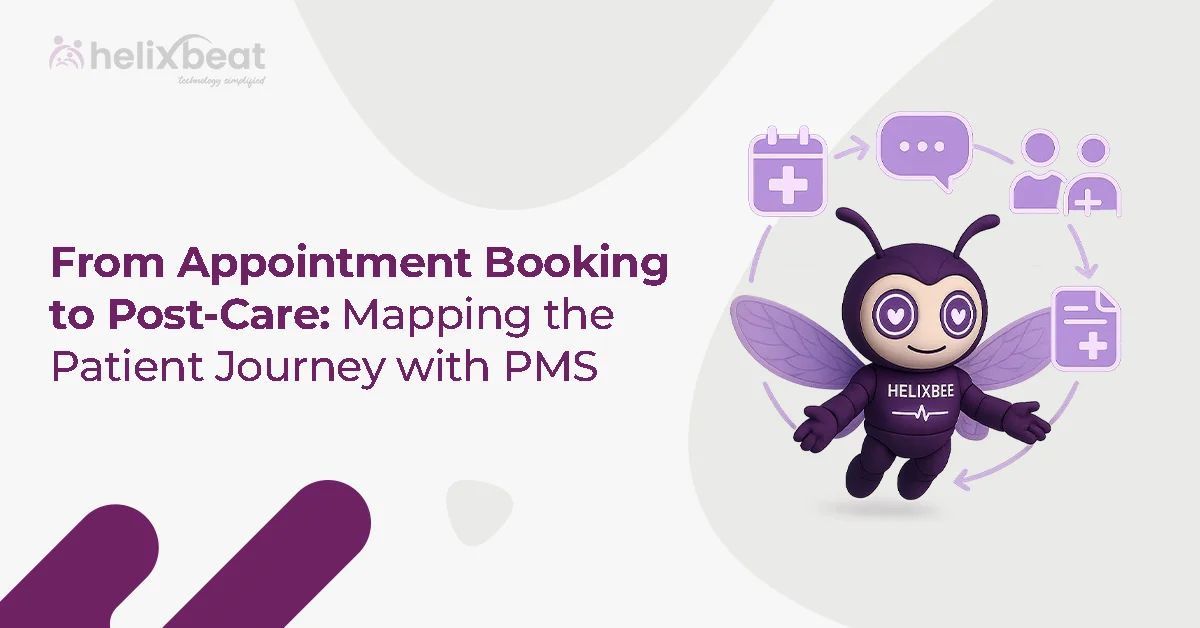Four in 10 Americans put off or postpone care due to the costs, even among those with insurance coverage (KFF, 2022a). Unexpected medical costs are one of the biggest concerns for many people. From high-deductible plans to increasing out-of-pocket costs, high healthcare expenses can cause more patients to forego or defer care, experience more stress, and take on more debt.
These challenges extend to healthcare providers, too, who often find it harder to collect payments from patient payment processing and affordably offer care. Flexible patient payment processing can help providers bridge the gap and make care more affordable and less stressful for patients, regardless of their financial situation. These options offer personalization and peace of mind, with 63% of consumers expressing extraordinary interest in payment plans (PYMNTS.com & Rectangle Health, 2021) that could help them avoid bad debt.
The right patient payment solutions like Paynova can benefit both patients and providers, offering flexible payment options for patients while improving reimbursements for providers.
Table of Contents
Understanding the Financial Burden of Medical Expenses
Healthcare costs have steadily increased, making it difficult for many patients to afford essential medical services. Some key statistics highlight the issue:
- According to reports, over 60% of bankruptcies in the U.S. are due to medical debt.
- One in three Americans struggles to pay their medical bills.
- High out-of-pocket costs often lead patients to delay treatments, exacerbating health conditions.
For patients, the stress of high medical bills extends beyond just financial hardship. Many experience anxiety over how they will manage patient payment processing while still receiving necessary care. This leads to difficult choices, such as skipping doctor visits, rationing medication, or delaying surgeries—decisions that can have severe long-term health consequences.
For hospitals, unpaid medical bills create financial instability, resulting in revenue losses and administrative burdens. Medical providers must dedicate significant resources to billing and collections, which can strain operations and reduce their ability to invest in better patient care.
Additionally, the rise of high-deductible insurance plans means that even insured patients are struggling to cover their medical expenses. Many patients face thousands of dollars in out-of-pocket costs before their insurance coverage kicks in, making flexible payment solutions more necessary than ever.
Flexible patient payment processing provides a win-win situation—patients get the care they need without immediate financial strain, and hospitals improve their revenue cycle with structured payments. By implementing flexible financing options, hospitals can not only increase accessibility to healthcare but also enhance patient satisfaction and maintain financial stability.
What Are Flexible Patient Payment & Financing Solutions
Flexible patient payment processing can allow the patient to pay for their care over time with low-stress, manageable payments. It can provide peace of mind for both urgent and routine care by allowing them to create a plan. Patients can seek care without worrying about paying several hundred dollars before they get their next paycheck, which can help prevent them from avoiding necessary visits.
On the provider’s side, flexible payment options for patients can help improve patient satisfaction ratings and reduce the time spent collecting payments. Employees can focus on care instead of finances, and the practice benefits from faster cash flow.
How Flexible Payment Plans Work
Flexible payment plans allow patients to pay medical bills over time instead of making a lump sum payment. These plans offer a variety of custom options to suit different financial situations.
Types of Flexible Payment Plans:
- Interest-Free Installments – Patients divide their medical bills into equal monthly payments with no additional fees.
- Low-Interest Plans – Some providers offer low-interest payment options for expensive procedures.
- Deferred Payment Options – Allows patients to postpone payments for a set period before starting installments.
- Subscription-Based Healthcare – Patients pay a monthly membership fee that covers routine care, such as Direct Primary Care (DPC) models.

Example: How Flexible patient Payment processing Work in Practice
For example, if you needs knee surgery costing $5,000. Instead of paying the full amount upfront, you can choose a 12-month interest-free plan, paying $416 per month. This flexibility allows you to afford the procedure without taking out a high-interest loan.
How Paynova Patient Payment Processing Provides a Flexible Payment Plan
1. Patient-Centric Payment Plans
Installment Payments
One of the key features of Paynova’s payment flexibility is the ability to break down large medical bills into manageable monthly installments. Instead of paying a lump sum upfront, patients can distribute their expenses over time, making it easier to afford necessary treatments. According to the Kaiser Family Foundation, 41% of Americans struggle with medical debt, highlighting the importance of installment-based payment solutions.
Zero-Interest or Low-Interest Plans
To make healthcare more accessible, Paynova enables providers to offer zero-interest or low-interest installment plans. Unlike traditional financing methods that may come with high-interest rates, these plans ensure affordability without financial strain. This approach not only helps patients but also reduces unpaid bills for healthcare providers, fostering a win-win scenario.
Customizable Repayment Terms
Recognizing that every patient’s financial situation is unique, Paynova allows for customizable repayment terms. Patients can choose the duration and monthly amount that best suits their budget. This flexibility prevents payment defaults and ensures continuous treatment without interruptions due to financial difficulties.
2. Automated Recurring Payments
Convenience and Reduced Missed Payments
Paynova’s automated recurring payments eliminate the hassle of remembering due dates. Patients can set up auto-pay for outstanding balances, ensuring that patient payment processing is made on time. This system significantly reduces missed payments, which can lead to late fees and service interruptions.
Secure and Hassle-Free Transactions
Security is a primary concern in financial transactions. Paynova employs encrypted and secure autopay options that protect patient data while streamlining transactions. By automating payments with patient payment processing, healthcare providers experience fewer payment delays, leading to improved revenue flow.
3. Insurance and Self-Pay Coordination
Seamless Integration with Insurance Reimbursements
Medical billing often involves a complex mix of insurance coverage and out-of-pocket expenses. Paynova integrates seamlessly with insurance providers, ensuring that remaining balances are covered smoothly after insurance payouts. This reduces confusion and helps patients manage their financial responsibilities more effectively.
Pre-Approved Payment Plans for High-Deductible Patients
As high-deductible health plans (HDHPs) become more common, patients are required to pay significant amounts before insurance coverage kicks in. Paynova allows healthcare providers to offer pre-approved payment plans for these patients, reducing the stress of large upfront payments. This is particularly important as studies indicate that nearly 30% of insured Americans delay medical care due to high deductibles.
4. Real-Time Eligibility & Preauthorization
Instant Patient Coverage Verification
Paynova’s system verifies patient coverage and financial eligibility in real-time. Before treatment, patients and providers receive clear insights into what is covered by insurance and what will need to be paid out-of-pocket. This transparency helps prevent billing disputes and ensures that patient payment processing plans are structured based on accurate, real-time affordability assessments.
Enhanced Patient Trust and Satisfaction
When patients understand their payment obligations upfront, it reduces anxiety and builds trust. By offering real-time financial insights, Paynova enhances the overall patient experience and encourages timely medical treatment without fear of unexpected costs.
5. Multiple Payment Options for Convenience
A Variety of Payment Methods
Paynova understands that different patients prefer different patient payment processing methods. That’s why it supports a range of options, including:
- Credit and Debit Cards – Traditional and widely used.
- Digital Wallets (Apple Pay, Google Pay, PayPal) – Convenient for tech-savvy users.
- ACH Transfers – Ideal for those who prefer direct bank transactions.
- BNPL (Buy Now, Pay Later) Solutions – Allows patients to defer payments while still receiving necessary care.
By providing multiple payment options, Paynova increases the likelihood of timely patient payment processing, reduces financial strain on patients, and ensures continuous revenue for healthcare providers.
6. Improved Cash Flow for Healthcare Providers
Consistent, Scheduled Payments
For healthcare providers, unpredictable cash flow can hinder operations. Paynova’s structured patient payment processing ensures a steady inflow of funds through scheduled payments. This consistency helps medical practices and hospitals manage expenses, payroll, and investments in better healthcare infrastructure.
Reduced Reliance on Collections
Traditional collections processes are often expensive, time-consuming, and damaging to patient relationships. By offering patient-friendly payment plans, Paynova minimizes the need for aggressive collections. Patients are more likely to comply with structured, manageable payments than with lump-sum demands, reducing bad debt accumulation.

How Paynova Healthcare Payment Solutions Increase Revenue and Improve Patient Satisfaction
Increasing Healthcare Revenue with Paynova
Paynova’s flexible payment solutions significantly enhance healthcare providers’ revenue streams by addressing common financial barriers for patients. Here’s how:
- Higher Collection Rates – Studies show that hospitals and healthcare providers struggle to collect patient balances, with some reports indicating that nearly 65% of medical bills under $500 go unpaid. By offering structured installment plans, providers can recover more payments over time rather than writing off unpaid balances.
- Reduced Accounts Receivable – When patients can pay in smaller, manageable amounts, healthcare providers experience fewer outstanding balances. Automated payment plans decrease the need for extensive follow-ups and collections.
- Predictable Cash Flow – With scheduled payments through autopay or recurring billing, providers can maintain a steady income stream rather than relying on lump-sum payments.
- Better Financial Planning – Real-time eligibility checks and preauthorized payment plans help providers anticipate revenue flow and manage operational costs more effectively.

Improving Patient Satisfaction with Paynova
Providing patients with a seamless and stress-free payment experience enhances their overall satisfaction. Here’s how Paynova contributes:
- Reduced Financial Stress – High out-of-pocket medical costs can cause financial strain. Flexible installment plans ease this burden, leading to a more positive healthcare experience.
- Convenient Payment Options – Offering multiple payment methods, including credit/debit cards, digital wallets, and BNPL solutions, allows patients to choose what works best for them.
- Trust and Transparency – Real-time cost estimations and pre-approved payment plans prevent unexpected bills, fostering trust between patients and healthcare providers.
- Improved Patient Retention – A patient-friendly payment system encourages repeat visits and long-term loyalty, as they feel more confident seeking care without financial concerns.

End notes:
With Paynova, healthcare providers can streamline patient payment processing, reduce outstanding balances, and keep cash flow steady—all while offering patients a stress-free way to pay. Instead of chasing unpaid bills or relying on costly collection efforts, providers can count on predictable revenue through automated and flexible payment plans.
By making payments more manageable for patients, providers also build trust and loyalty, leading to better patient retention and a stronger financial foundation. In today’s healthcare landscape, giving patients flexible payment options for patients isn’t just convenient—it’s essential for a sustainable, thriving practice.
Ready to simplify patient payment processing and boost revenue? Explore Paynova’s solutions today!
Frequently asked questions
What do US hospitals do when patients cannot pay very large bills?
Hospitals offer financial aid, charity programs, or payment plans. Patients can also negotiate bills or seek Medicaid assistance.
How do I deal with high hospital bills if I don’t have insurance?
Request a discount, negotiate charges, or apply for financial aid. Payment plans, crowdfunding, or Medicaid may help.
What is Paynova’s patient payment processing?
Paynova provides flexible payment plans to help patients manage medical bills easily while ensuring hospitals receive timely payments.
How does Paynova benefit patients?
Patients can split their medical expenses into manageable payments, reducing financial stress and making healthcare more accessible.
Is Paynova secure for processing payments?
Yes, Paynova follows strict security protocols, including encryption and compliance with healthcare payment regulations like HIPAA and PCI DSS.
Can hospitals customize payment plans for patients?
Absolutely! Paynova allows hospitals to create flexible, customized payment plans based on patient needs and financial situations.
Does Paynova integrate with hospital billing systems?
Yes, Paynova seamlessly integrates with existing hospital billing and electronic health record (EHR) systems for smooth payment processing.
Are there any hidden fees for patients or hospitals?
No, Paynova offers transparent pricing with no hidden fees. Patients and healthcare providers can review all charges upfront.
How can a hospital start using Paynova?
Hospitals can contact Paynova’s team for a demo and setup assistance to integrate patient payment solutions effortlessly.














